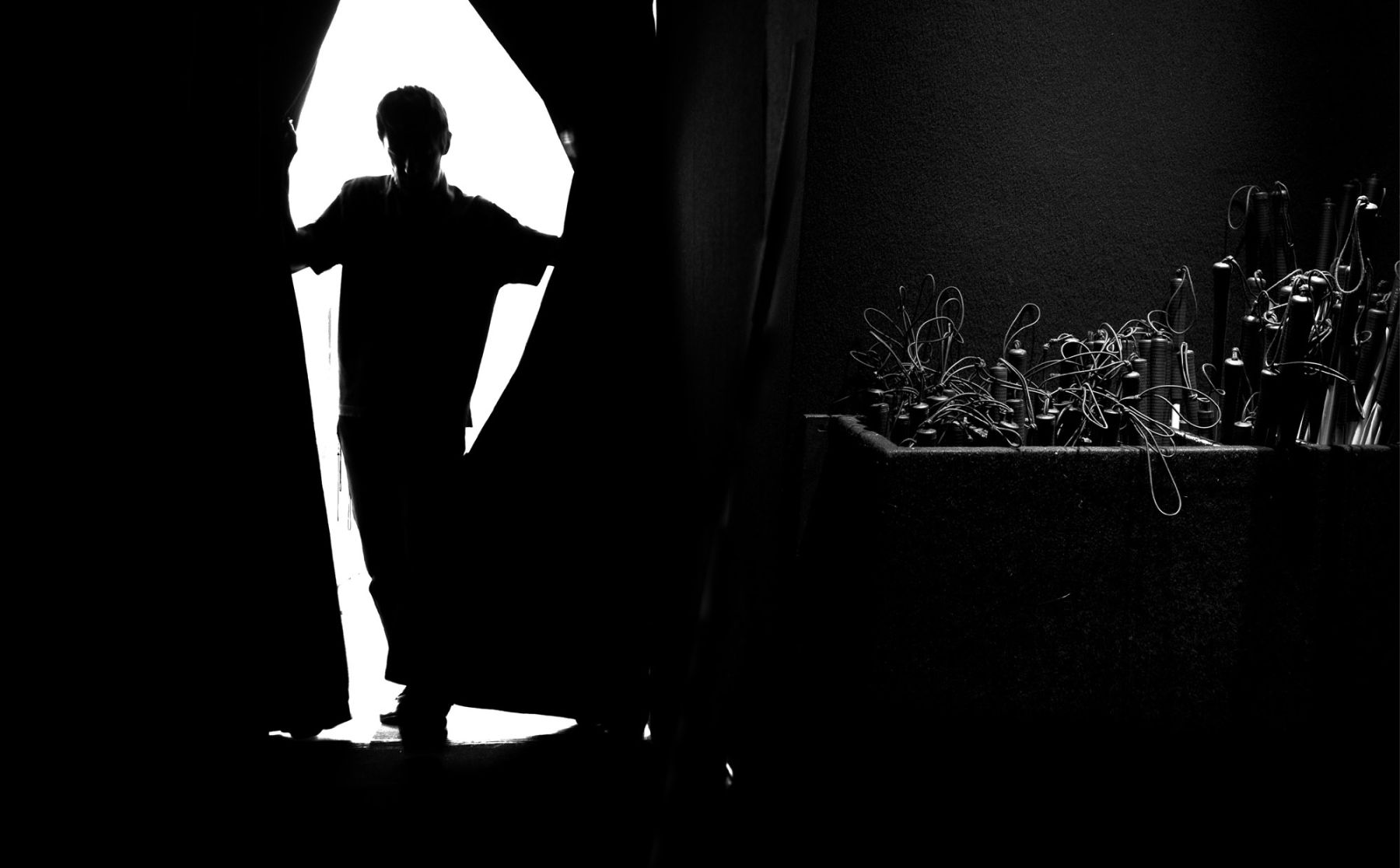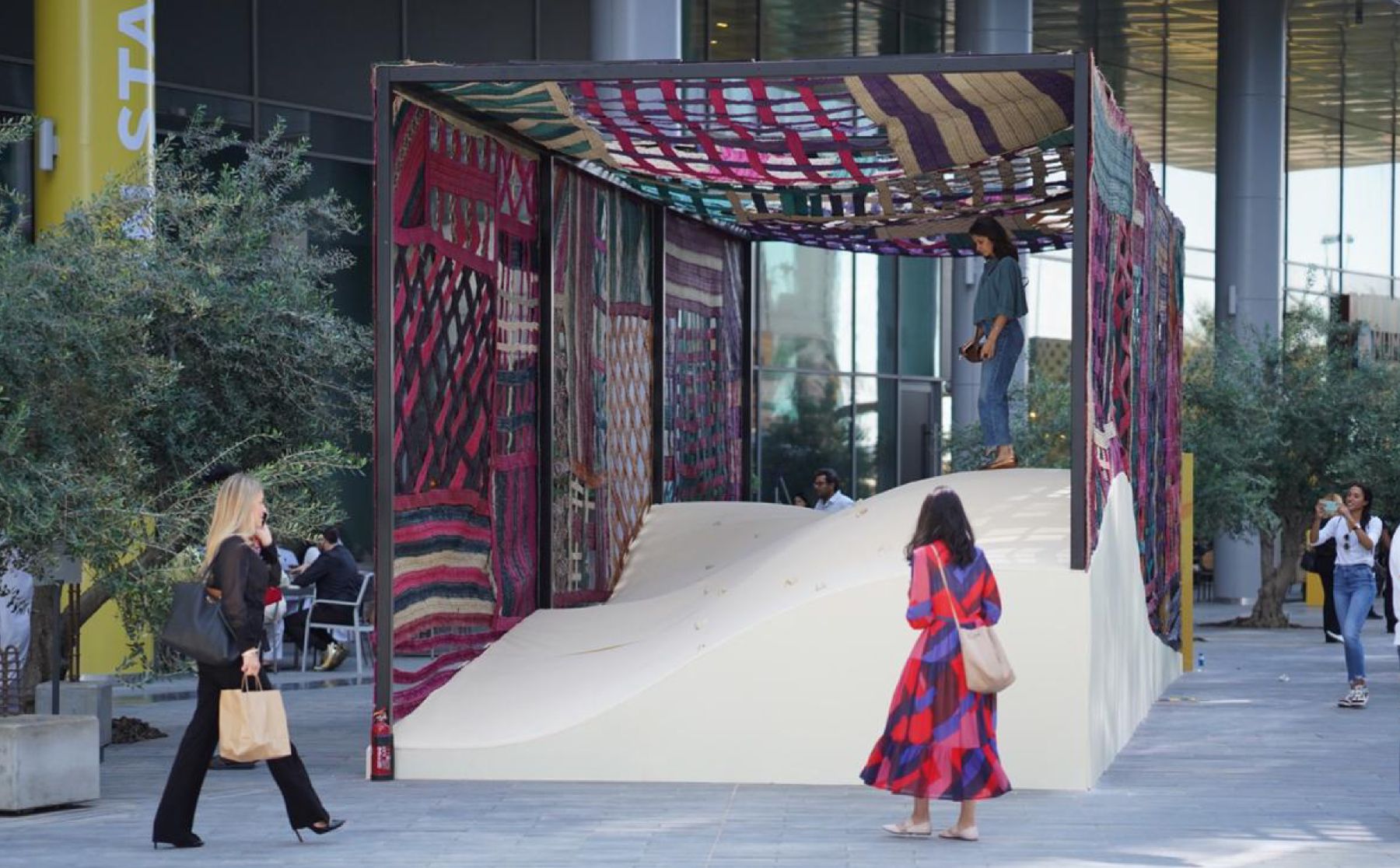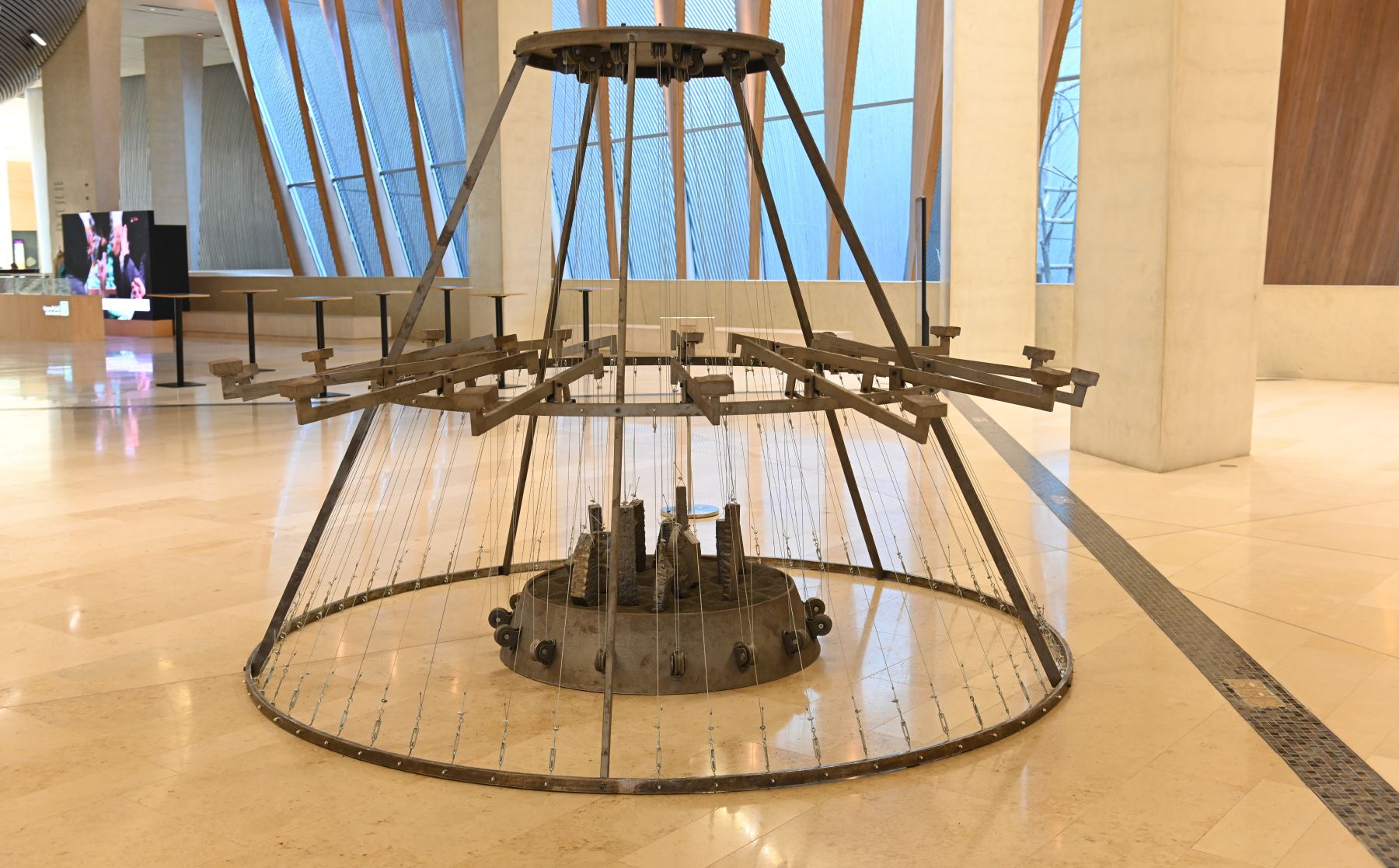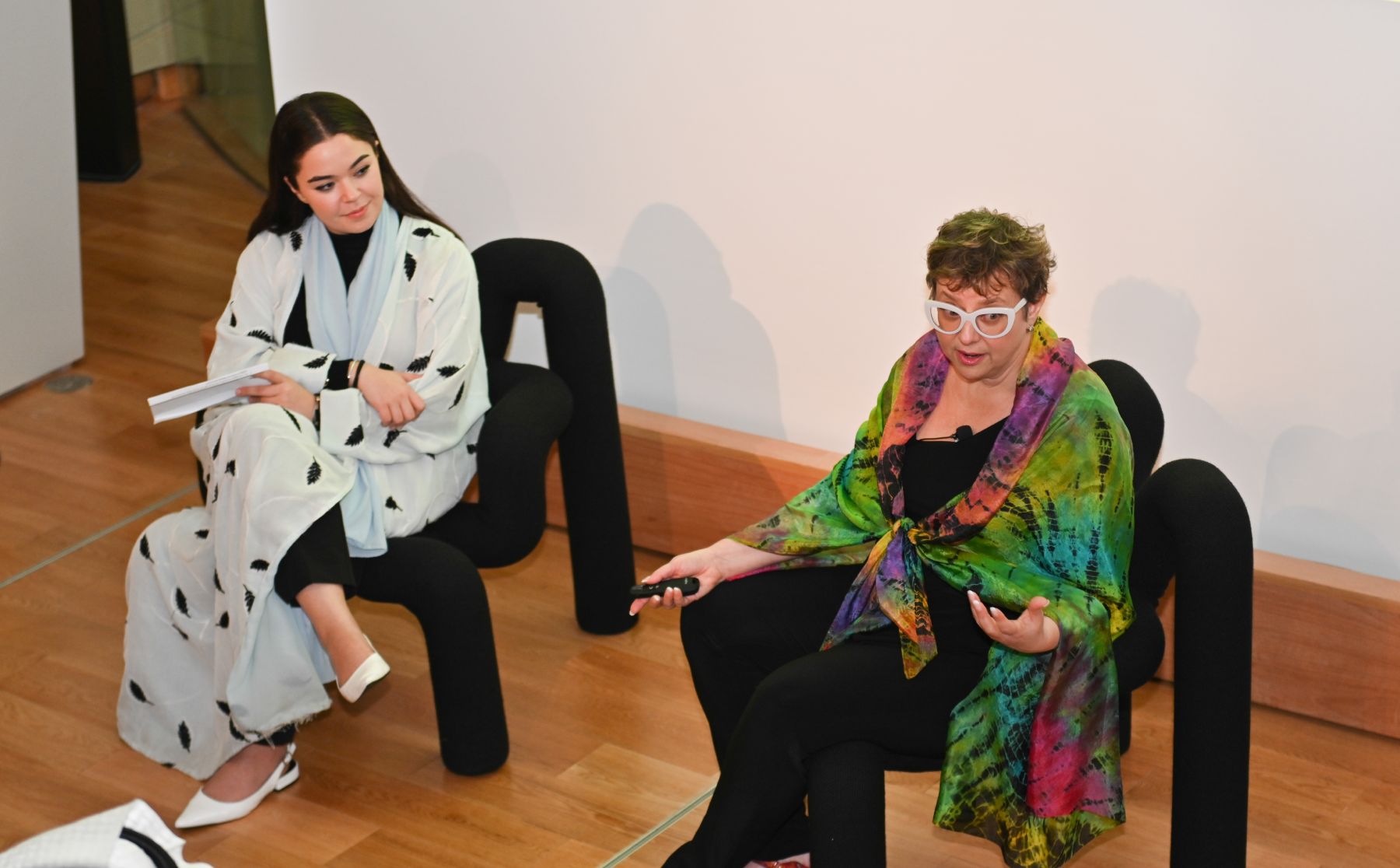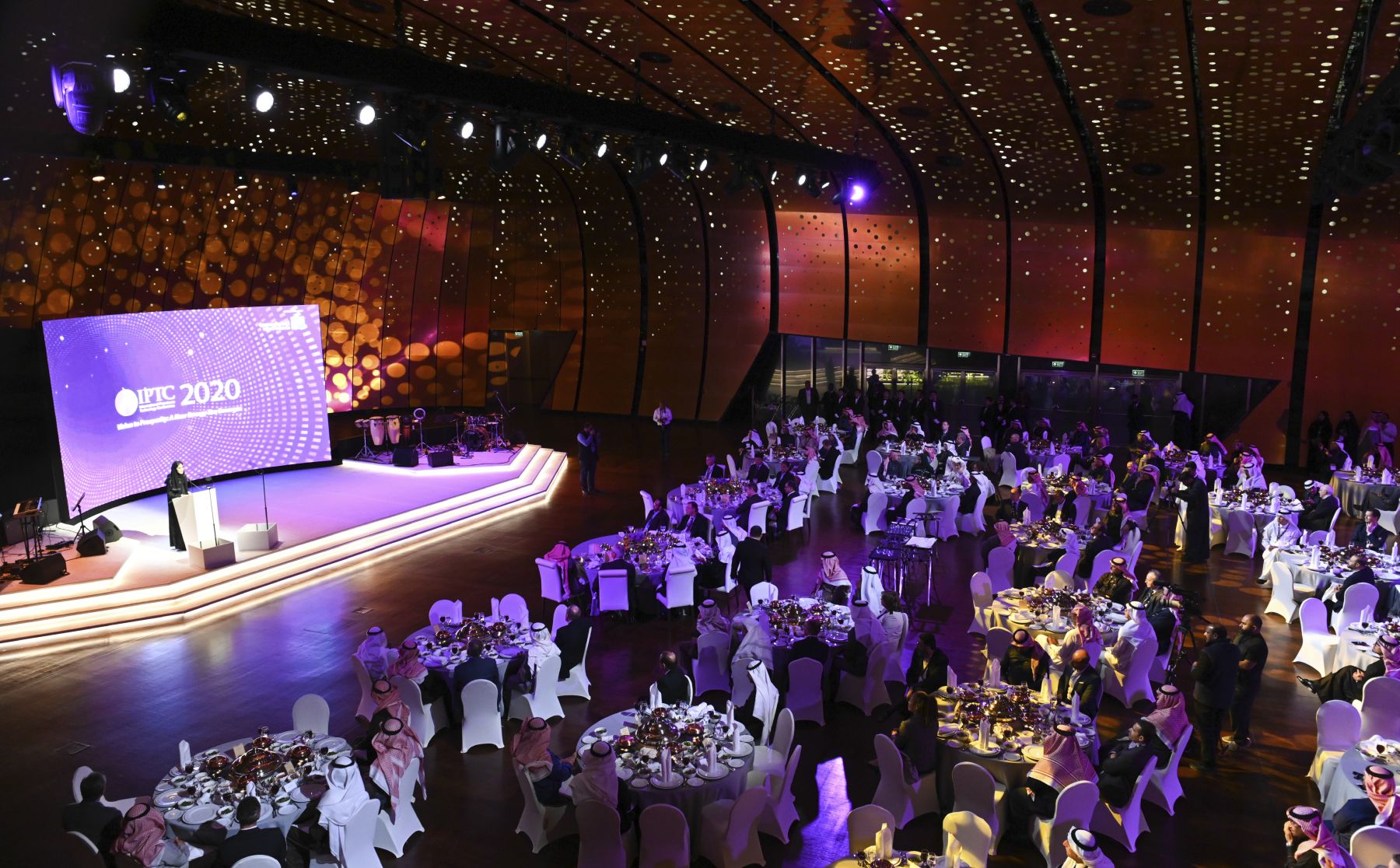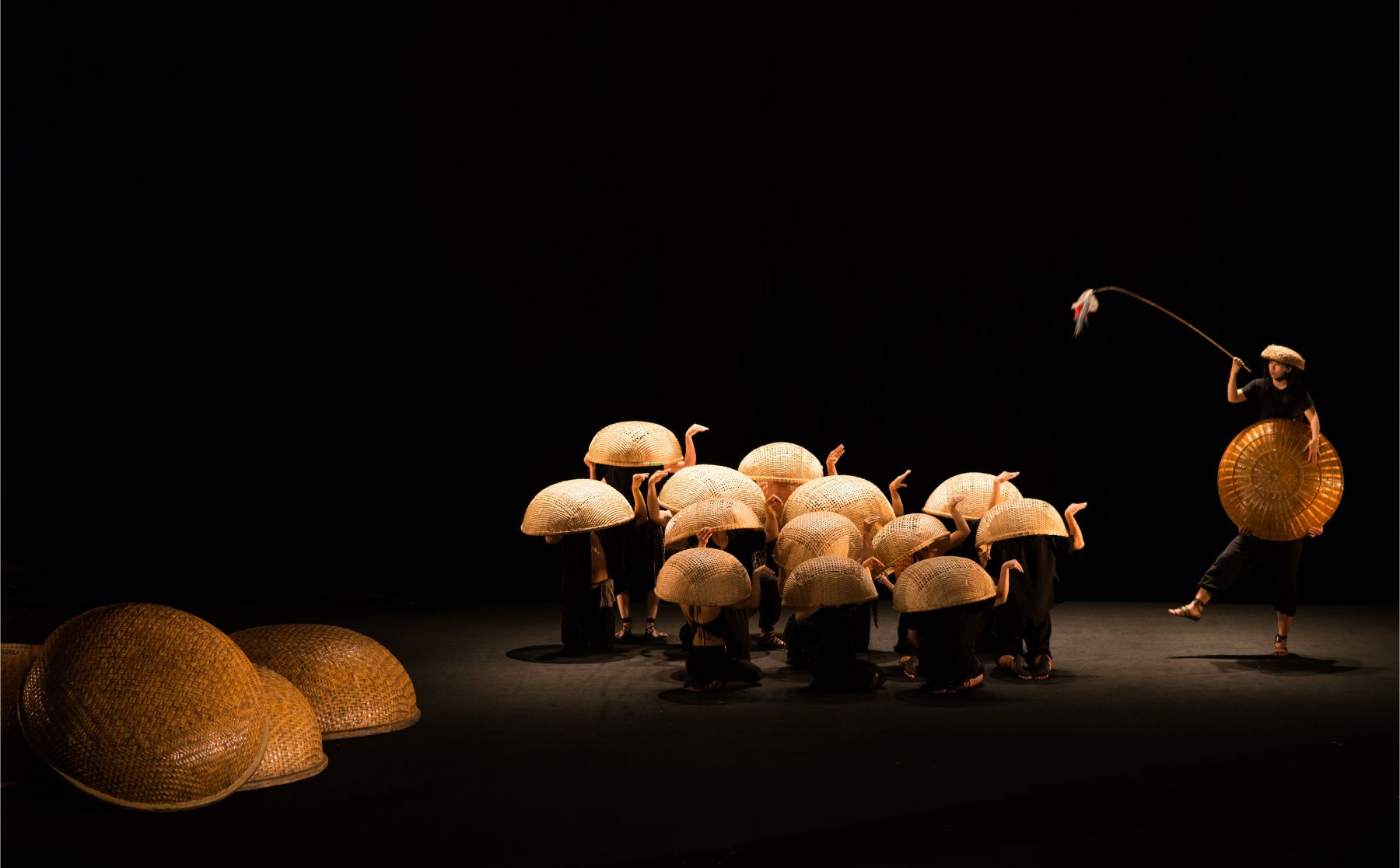There is a concerted effort under way to save the medieval Islamic heritage of Cairo from damage and decay. Conservationists and the authorities have been striving to retain items such as tiles, plaques and larger items such as minbars – or pulpits – from the city’s Mamluk mosques and other historical buildings.
Experts and researchers have taken to exhaustively cataloguing, photographing and analyzing Mamluk minbars and other treasures so that they can be more easily identified and recovered in the event of theft, or restored in the event of fire damage. And significantly, the research designed to prevent loss has led to minbars and other items being analyzed and studied in greater depth than ever.
These efforts to save the heritage of Mamluk Cairo will be the subject of a paper to be delivered at Ithra’s upcoming conference on the subject of the mosque. In cooperation with the Abdullatif Al Fozan Award for Mosque Architecture, Ithra is staging the conference under the title: “Mosque: Innovation in Object, Form and Function.” The symposium is being held in conjunction with Ithra’s ongoing exhibition “Shatr AlMasjid: The Art of Orientation” which presents treasures from mosques and Islamic art for all audiences. The conference takes place at the King Abdulaziz Center for World Culture on November 24-25, 2021.
The conference will hear a paper delivered by Dr. Omniya Abdel Barr, a scholar of Mamluk architectural history. Barr, who works with both the Victoria and Albert Museum in London, and the Egyptian Heritage Research Foundation in Cairo, has been working with a team to catalog medieval heritage in the city. The work has been assisted by international funding which has come from the UK government through a fund administered by the British Council.
The problem of items going missing from Mamluk mosques has become especially acute according to Barr in the past two decades amid political unrest. While the looting of antiquities in warzones such as Syria and Iraq has drawn more international attention, Egypt is also affected. In addition to thefts amid civil unrest, heritage has also been damaged by a spate of unauthorized private building, where people would simply erect a new structure regardless of any permissions, regulations or heritage issues.
She said: “Since 2006, it has been clear that there was an art market on the Islamic art scene and that's why a number of things started getting looted in Egypt, in Cairo to be specific, and from the historic city. Including lots of elements from the mosques like door knockers, wooden panels with inscription foundation, even marble panels.”
She added: “Heritage was terribly attacked and it was really like a war effect. I kept on saying you know what we're having in Syria and Iraq, we're having a similar situation in Egypt. It's just that it's not getting enough attention because we were not in war like in the two other countries. We ‘just’ had, civil unrest. But because I'm an architect and I work on the conservation of the historic city, I started taking notes when things were disappearing and because we would try to contact the authorities.”
Barr and other concerned people started to take a more pro-active approach to protecting heritage, and began preparing in advance of public order situations. They would take steps to secure vulnerable items and buildings.
More recently, large-scale public disorder has become less common. However, there still remains a need to protect treasures from theft and damage. And the photographic record is only patchy despite Cairo’s international fame as a historic city.
Barr said: “I continued keeping a record and whenever something was lost I would put it aside and then I would try to find to look for photography so that we could identify it if it ever appears again on the art market. And to my shock, even though Cairo is one of the most photographed cities, it is very difficult to find what you're looking for.
“And then, once I prepared my list and then I looked at it and was told what's happening, I realized that the minbars in the mosques are constantly looted. You would read in the news about this theft or this or that was gone. Because we're technicians here, we started looking at things and we realized we had around 13 missing. And so that's a lot. And at the same time, you would find fragments from these minbars on sale in auction houses in London and Paris and the Netherlands, and at the time I couldn't identify where these pieces had come from.
“So with this depressive mood. I sat with my team in at the Egyptian Heritage Rescue Foundation. At the time we were a newly founded foundation. We were created in 2013 following the unrest because we realized that we didn’t have in Egypt the knowledge of first aid for cultural heritage.”
The first priority was to deliver training in order to have enough people in Egypt able to do the work of assessing and cataloging so as to combat theft and illicit trade. The team began documenting the remaining minbars and treasures in order to protect them from criminals and starting examining 44 minbars.
Barr said: “So, I said, let's be positive and what we can do is at least document what we have. Let's think about what is still standing in mosques in Egypt, and let's document what we have so that we create a record, we create a database, we have proper photography, we have good architecture drawings. And so if anything happens in the future and anything gets missing in the future at least we know, where this comes from.”
The process involved detailed photography and analysis of the city’s medieval minbars and other features so that they could be identified if they are stolen in the future. Thieves usually dismantle the minbars and then try to sell them in small parts to multiple collectors in order to maximize profit and minimize detection. The parts which are sold on the illegal market are typically about 15-20 cm long. However, if the minbars have been adequately documented then the fragments can be identified and recovered and the illegal traffickers can be stopped and even prosecuted.
Barr explained that over time the cataloging process seemed to be affecting the number of thefts. She said: “We said let's focus on just one element and try to make something positive out of all this negativity and it has been one of the best decisions we have ever taken. I have to say because this project has transformed us completely and we've learned a lot, and we finally managed to stop the looting of the minbars because nothing was looted since we did our project.”
The exhaustive study brought new insights into the intricacies of minbar design and construction.
Barr said: “Working on the minbar project enriched my knowledge enormously, even my research skills and my understanding of Mamluk art and architecture. I feel I have gained a lot because I came that close to the objects. And ironically, I didn't mention anything about minbars when I wrote my PhD, I wasn't seeing them. That's the thing, you go to these fascinating monuments. You look at the architecture, you look at the dome and the ceiling at the mihrab, maybe very rarely the minbar, I didn't even have photographs. I mean you would see it, but it's just like en passant. That's why the records are very, very scarce. But when I worked on this project, I know I gained more experience in Mamluk heritage and I became much more aware and I understand it much better than before.
“So in in terms of scholarship, because we did scholarly research and we're in the process of publishing a book about the project so we really have gained a lot. We all and we also understand now much better the crafts than when we started. And the geometry, the geometry is so sophisticated. Mamluk geometry is one of the best. I always like drawing geometry, but I made this extra effort of understanding how to draw these sophisticated patterns, which are not really used that much. So, when you have 16 and 18 folds and it's very complex and I could spend the entire morning just drawing. So that was challenging, but we managed to understand how to draw everything now.
“Most minbars are in wood, but you also have marble minbars, and you have stone ones as well. So just by studying this element, it is an opening to the architecture of the Mamluks and the mosque architecture as well. And it tells you a lot about the history of the craft, the history of the design, the development of the design itself, so it in itself just researching this one element in the mosque made us understand a lot about Mamluk art and architecture.”
The work is now diversifying. Now that many minbars have been documented in detail, the experts began looking at other likely targets for thieves, such as panels and door knockers.
In addition, there is a move to conserve the skills which traditional carpenters used when building or repairing minbars. The team have located a single master craftsman and are trying to collect his knowledge, expertise and techniques so that they can be passed on to others.
Barr said: “We realized how the craft specially in traditional woodworking in Egypt is declining drastically and we are really losing the know-how. So, what we're trying to do now is to create an archival bank in which we took 20 details from the minbars, detail as in you would take a chunk of the drawing and then recreate it, but this would be repeated afterwards so that you can have not just a digital documentation, but also a physical one so that you can turn this sample and look at how things are connected to each other.
“So, there's one master craftsman. He's basically the only one left in Egypt and we're working with him and we're creating this archival bank and for us we're just testing things and we're trying to understand what is the best way to document the woodwork. We're trying to document the process of inlay and carving and we're testing things so that it could allow us to create a manual which people could use in the future.”
As an aside to the archiving and research process, the team are considering how to expand opportunities for such craftsman to produce marketable craft products for mainstream consumers. The hope is that more artisans will learn the skills and be able to make a living from both minbar work and craft products for sale.
The experts have also been making mosques safer for both the treasures and the users. In some cases they found that poor electrical wiring or plumbing was as much a danger as the risk of theft itself.
She said: “Sometimes we work a lot on the infrastructure. When we did our project, we realized that the biggest threat to the minbars is not theft. It's fire. Because of all the hazardous things that have been stored under the minbars and the wiring which has been installed around the minbars. So we've removed all of that with our project, we did in our mitigation plan. And we cleaned everything. We removed all electrical wiring and we've created separate electrical circuits far away from the minbar so that no fire starts next to the minbar.’
There have been some successes in the fight against trafficking, A parcel intercepted in Copenhagen, Denmark, was opened and cross-checked with the Egyptian authorities. It was found that the items had come from a Cairo minbar which had been so much stripped on its beautiful inlaid wood panels that it resembled a chicken cage.
Such successes require a combination of factors. The theft needs to be identified and reported so that a police record can be created. Pictures of the original item need to be found and passed on to the authorities. And getting a good quality image of a stolen item can be a challenge.
Barr said: “In 2015 I noticed something was missing in one of the mosques and when I asked it they told me that it was looted in February, some months before. I tried to look for a photograph so that we could have a record of it, but that was a very difficult one, and at the end I managed to find the photographs at the V&A in London actually on the archive I was working on. In a picture that was taken in 1916, because it was taking with an extremely high resolution so I could read again what was written for this panel.”
But the scale of the work is daunting. And there are issues with governance and overall responsibility for funding and interventions. There is a division of labor between the Ministry of Endowments, which has access to funding, and the Ministry of Antiquities, which oversees conservation. Determining who should fund or take action is not always clear.
In addition, while Egypt has some of the best conservation experts in the world, there is a lack of planning for the maintenance and cleaning of buildings.
Barr said: “Definitely something needs to change in the structure of the management of the monuments in the city. It's just whenever there is a conservation project that's fine, but when the conservation ends, I haven't seen a proper maintenance plan in place.”
“We have so many historic things. So many historic mosques in Cairo and we have so many. But very few of the historic ones are in very good condition. I mean the Sultan Hassan mosque needs immediate intervention, not just conservation. And that's Sultan Hassan, which we consider the fourth pyramid, so I have never seen any maintenance plan for this huge mosque. I'm not saying it's an easy job, it's a tough job, but someone needs to start somewhere.”
Written by:
Murdo MacLeod


